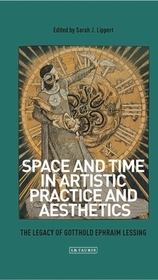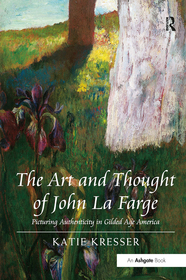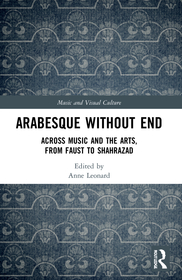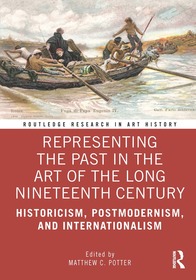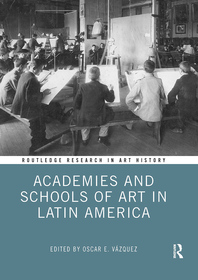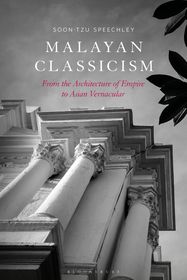
Malayan Classicism
From the Architecture of Empire to Asian Vernacular
-
20% KEDVEZMÉNY?
- A kedvezmény csak az 'Értesítés a kedvenc témákról' hírlevelünk címzettjeinek rendeléseire érvényes.
- Kiadói listaár GBP 85.00
-
40 608 Ft (38 675 Ft + 5% áfa)
Az ár azért becsült, mert a rendelés pillanatában nem lehet pontosan tudni, hogy a beérkezéskor milyen lesz a forint árfolyama az adott termék eredeti devizájához képest. Ha a forint romlana, kissé többet, ha javulna, kissé kevesebbet kell majd fizetnie.
- Kedvezmény(ek) 20% (cc. 8 122 Ft off)
- Kedvezményes ár 32 487 Ft (30 940 Ft + 5% áfa)
Iratkozzon fel most és részesüljön kedvezőbb árainkból!
Feliratkozom
40 608 Ft

Beszerezhetőség
Becsült beszerzési idő: A Prosperónál jelenleg nincsen raktáron, de a kiadónál igen. Beszerzés kb. 3-5 hét..
A Prosperónál jelenleg nincsen raktáron.
Why don't you give exact delivery time?
A beszerzés időigényét az eddigi tapasztalatokra alapozva adjuk meg. Azért becsült, mert a terméket külföldről hozzuk be, így a kiadó kiszolgálásának pillanatnyi gyorsaságától is függ. A megadottnál gyorsabb és lassabb szállítás is elképzelhető, de mindent megteszünk, hogy Ön a lehető leghamarabb jusson hozzá a termékhez.
A termék adatai:
- Kiadó Bloomsbury Visual Arts
- Megjelenés dátuma 2023. december 28.
- Kötetek száma Hardback
- ISBN 9781350360341
- Kötéstípus Keménykötés
- Terjedelem256 oldal
- Méret 236x162x22 mm
- Súly 660 g
- Nyelv angol
- Illusztrációk 60 bw illus 524
Kategóriák
Hosszú leírás:
Through a broad range of case studies spanning from imperial monuments to rural residences, Malayan Classicism puts forward a fundamentally new understanding of classical architecture in the Asian colonial context.
Across Malaysia and Singapore, thousands of historic buildings are richly ornamented with motifs drawn from Ancient Greece and Rome - as plump volutes, lush acanthus leaves, and neat rows of dentils decorate mosques, palaces, government buildings and innumerable terraced shophouses. These classical details jostle with ideas drawn from other architectural traditions from across Asia in a style that is unique to the region.
Presenting the first comprehensive account of what was, prior to World War II, Malaya's most widespread architectural style, Malayan Classicism explores how the classical architecture of the British Empire was transmitted, translated, and transformed in the hands of local builders and architects. Addressing a critical gap in the scholarship, this book charts the metamorphosis of an imperial language of power into a local vernacular style, and provides a new way of reading classical architecture in a post-colonial context that will be applicable throughout the Global South.
Tartalomjegyzék:
Introduction
1. Columns and Capitals: Colonial Power and Malaya's Capital Cities
British Classicism in Nineteenth-Century Penang and Singapore
Capital Ideas: Building Indo-Saracenic Kuala Lumpur
Variations on a Theme: The Spread of Imperial Capitalism in British Malaya
2. A Classical Education: The Architecture of Schools in British Malaya
St Joseph's Institution, Singapore
The Tao Nan Chinese School, Singapore
The Malay College, Kuala Kangsar,
The Malay Free School at Jalan Sultan, Singapore
The Victoria Institution, Kuala Lumpur
3. Classical Monuments for the Modern Sultan: Royal Patronage of Classical Architecture in the Johor Sultanate
The Istana Besar at Johor Bahru
The Sultan Abu Bakar Mosque
Sultan Ibrahim's Banqueting Hall
The Muar Mosque
4. Coarsened or Cosmopolitan? Re-reading Malaya's Vernacular Classicism
A Diverse Profession
An Emerging Vernacular: Shophouses before the Twentieth Century
Nascent Eclecticism
A Consolidated Style
New Accents, New Languages: From Art Deco to Modernism
5. Vestal Versions: Malaya's Temples of Commerce
Early Warehouses and Godowns
European Banks and Trading Houses
The Maritime Gateways of Empire
The China Building, Boat Quay
6. Decline and Fall? The Supreme Court, Empress Place, and the Kallang Aerodrome
Monumental Translation
Imperial Monuments, Colonial Labour
Modernity in Antiquity: The Materiality of the Supreme Court
Trial by Media: Critical Backlash to the Supreme Court in the Colonial Press
Grand Designs: Ward's Unrealised Civic District
Taking Flight: The Kallang Aerodrome
Conclusion: Translations and Transitions
Bibliography
Index




